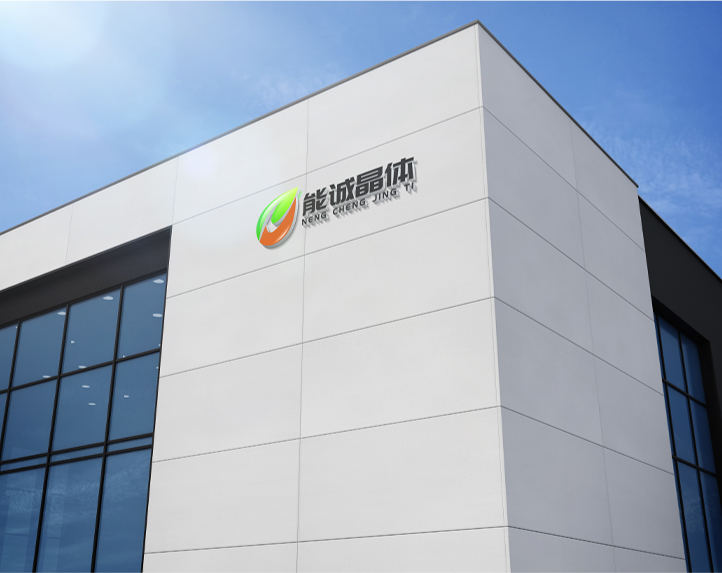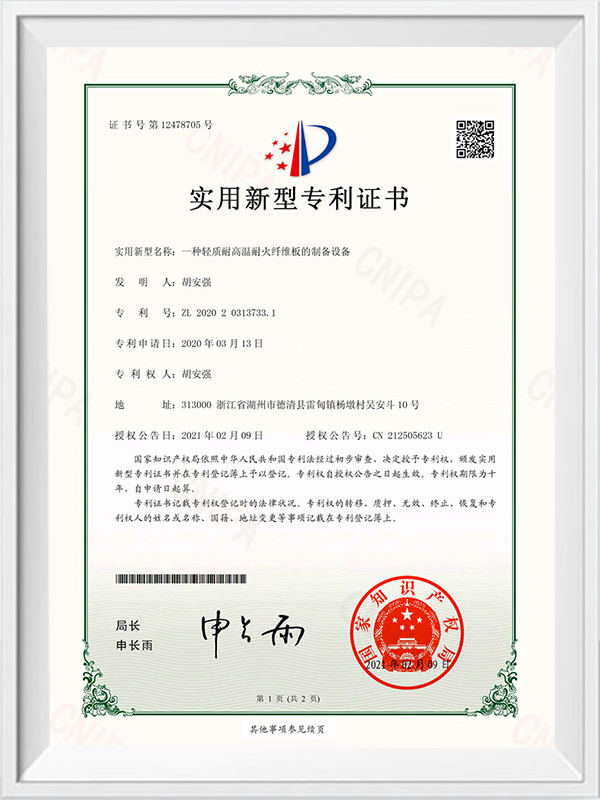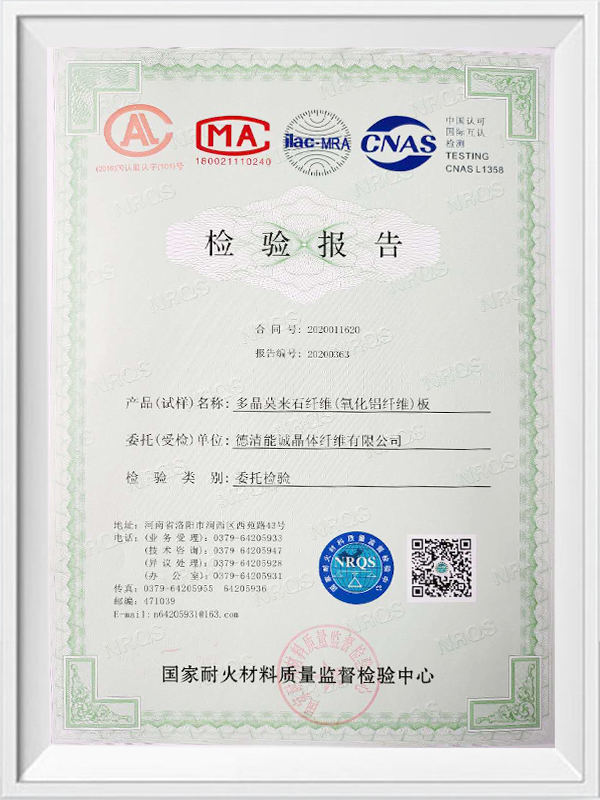
PECVD Tube Furnace
The PECVD tube furnace is a plasma gas phase deposition tube furnace system, which consists of a quartz reaction chamber, a radio frequency power supply, a multi-channel gas mixing system, a vacuum unit, and a reaction control system. The furnace uses high-purity alumina fiber material, and the surface is coated with imported high-temperature alumina coating to extend the service life of the instrument and improve heating efficiency. A radio frequency induction device is installed in front of the traditional chemical vapor deposition to ionize the reaction gas and generate plasma. The high activity of the plasma accelerates the reaction. It has good uniformity and repeatability, can form films over a large area, can form films at low temperatures, has excellent step coverage, and is easy to control the composition and thickness of the film and easy to industrialize. It is widely used in the growth of thin films such as graphene, silicon monoxide, silicon nitride, silicon oxynitride, and amorphous silicon (A-SI: H).
| Furnace tube size (MM) | Operating temperature (°C) | Vacuum degree | Power(KW) | Voltage | Heating elements | Heating rate |
| Φ60*2200 | 1100°C | -0.1MPA 10PA 6.67*10- 4PA |
3 | 220/380V | Resistance wire | 1-20°C/MIN |
| Φ80*2200 | 3 | |||||
| Φ100*2200 | 4 | |||||
| Φ120*2200 | 5 |


-
Overview: scope and practical intent This article explains the practical factors that determine the energy efficiency of Industrial heating elements operating continuously. It focuses on measurable variables (watt density, sheath material, thermal coupling), control and system integration, common sources of energy loss, and maintenance or design choices that improve long-run efficiency for furnaces, ovens, dryers, immersion heaters and inline process heaters. Element type, geometry and surface l...





 English
English Español
Español عربى
عربى



